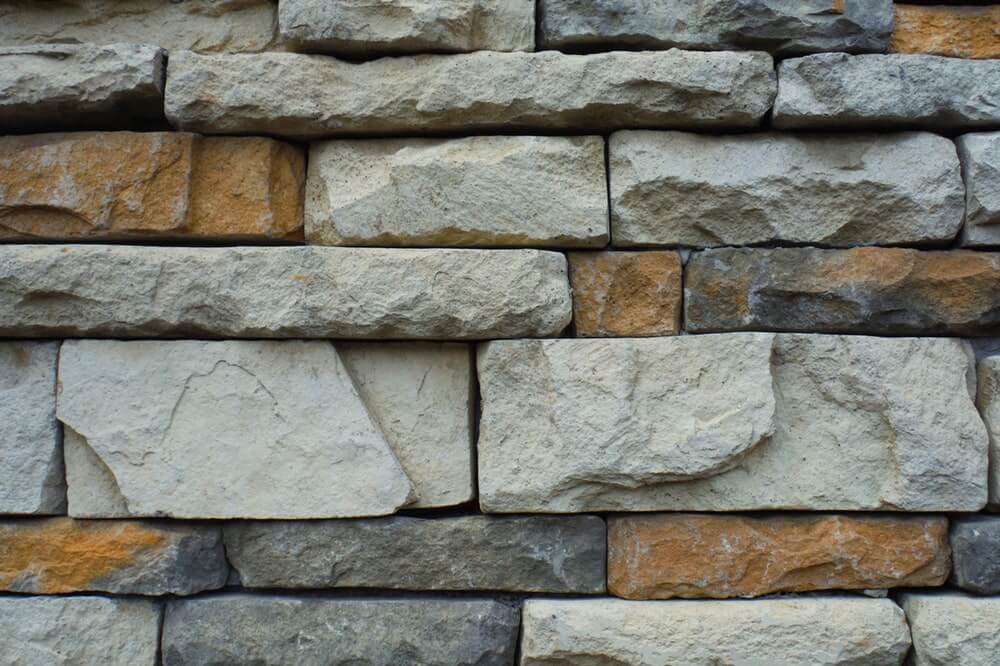 When you think of a retaining wall failure, the image that immediately springs to mind is a pile of rubble on the ground where the structure has already folded. Thankfully, retaining wall collapse is a rare occurrence, and better still, there are a few glaring signs that indicate there may be an issue before it reaches the stage of toppling. This gives you the time to pre-empt and remedy any impending problems.
When you think of a retaining wall failure, the image that immediately springs to mind is a pile of rubble on the ground where the structure has already folded. Thankfully, retaining wall collapse is a rare occurrence, and better still, there are a few glaring signs that indicate there may be an issue before it reaches the stage of toppling. This gives you the time to pre-empt and remedy any impending problems.
The Wall Is Tilting
A tilting wall is a sign of problems with the soil or poor construction. Inadequate drainage is a common cause, as is insufficient reinforcement. Weight bearing walls need to be underpinned with retaining wall steel, or another type of support to ensure that they can withstand the load that they bear. It is also important that any retaining wall steel or retaining wall steel posts should be positioned correctly within the structure. An easy way of checking if a wall is tilting is to use a spirit level.
The Wall Is Cracking
Have you ever seen a wall that is cracked or separating? That’s a sure sign of trouble! Cracks are typically a result of excessive load, soil/drainage issues or lack of retaining wall steel reinforcement. Wall cracks need to be dealt with as soon as possible, as they can escalate into bigger fractures quickly. This is why it’s important to determine the root cause of the issue, rather than just covering the breaks with mortar and forgetting about it.
The Wall Is Crumbling
A crumbling wall sounds alarming, and you might think that it is too obvious to miss. However, the first stages of crumbling are quite subtle, and may go unnoticed until it develops into a more critical problem.
Improper design is the main cause of a wall beginning to disintegrate. Often, the builder miscalculated or failed to consider the amount of weight load that wall would bear. Another likely reason is weak or incorrectly mixed concrete. Retaining wall steel posts are sometimes at fault if they are wrongly positioned, or if the lengths used are inadequate.
Retaining Wall Steel
Lack of reinforcement is one of the main culprits when it comes to wall failure. It’s important to remember that a 15ft long wall that is as low as 4ft can be holding back up to 20 tons of soil. Using retaining wall steel or retaining wall steel posts during construction will help to strengthen the structure, avoiding any problems down the line.
Deciding which type of retaining wall steel to use can be confusing, but here is a useful little interactive guide that shows whether to use a retaining wall H beam, C End Cap, 90 Degree Corner, T Junction or 45 Degree Corner.
Preventing Retaining Wall Issues
Prevention is the best cure! Obviously, forewarned is forearmed, so being familiar with the common pitfalls of retaining walls before you build will stand you in good stead. Where possible, hire a professional, reputable builder. And if you are going to DIY-it, be sure to consider factors such as drainage, load and retaining wall steel reinforcement.
If you have any questions or comments, you can contact us here.